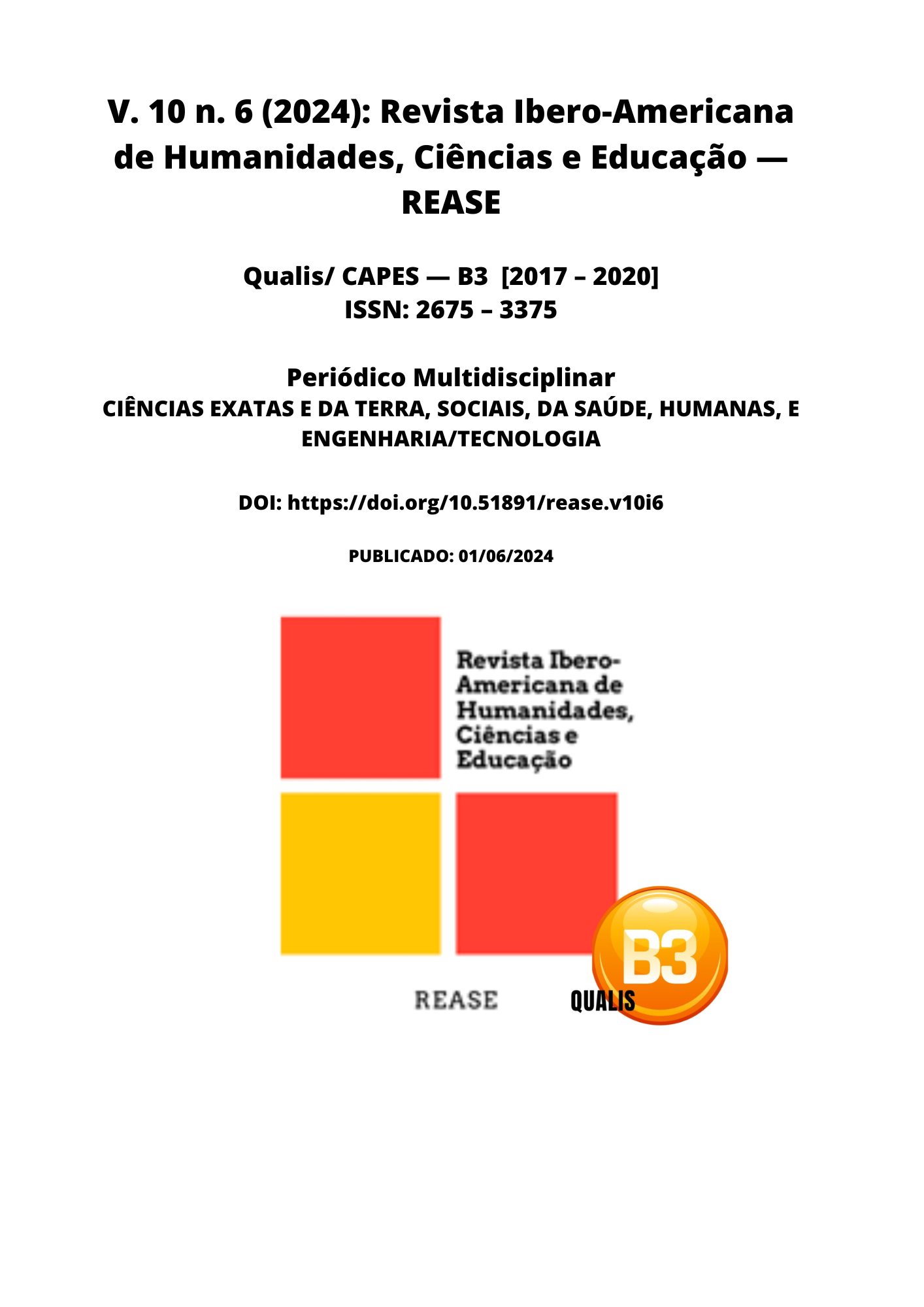RECOGNITION OF THE PARTNER AS A NECESSARY HEIR AND THE REPERCUSSION ON SUCCESSORY LAW
DOI:
https://doi.org/10.51891/rease.v10i6.14479Keywords:
Law. Stable union. Heritage. Succession.Abstract
The theme addressed in this article is the recognition of the partner as a necessary heir and the repercussions on inheritance law, with the aim of understanding how each of the guidelines that lead to the aforementioned discussion works, making it possible to understand how the conclusion of the partner being or not recognized as a necessary heir and what impacts this decision had on inheritance law. This is an extremely important discussion for understanding inheritance law, which aims to preserve and protect the rights, duties and even assets that once belonged to someone, and which will be passed on to another person through the inheritance. In the first chapter, topics will be discussed regarding inheritance law and legitimate succession in Brazil, as well as the exclusivity of marriage protection and the repercussion of Law 8,971/94 with regard to succession protection of unions not formalized in marriage. In the second chapter, topics such as stable union, order of hereditary vocation and rules of competition between spouses will be discussed.
Downloads
Downloads
Published
How to Cite
Issue
Section
Categories
License
Atribuição CC BY

